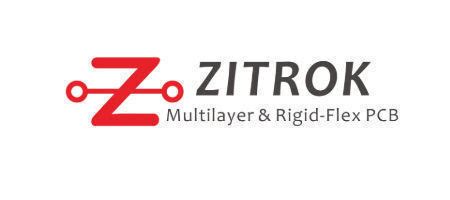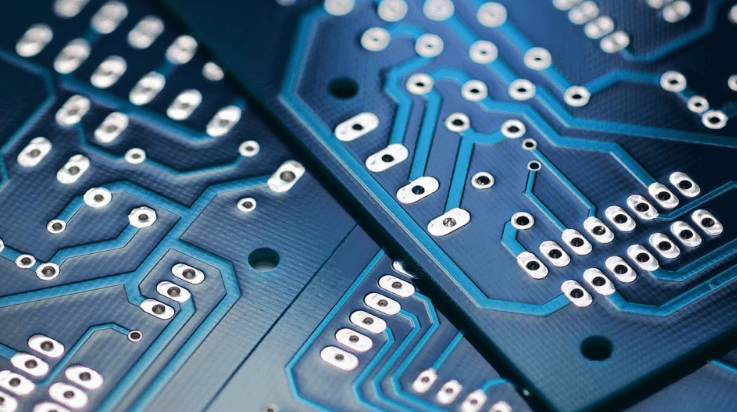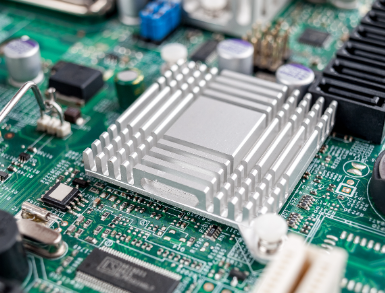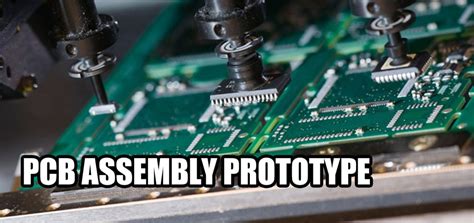Understanding Box Build PCB Assembly for Enhanced Electronics Production
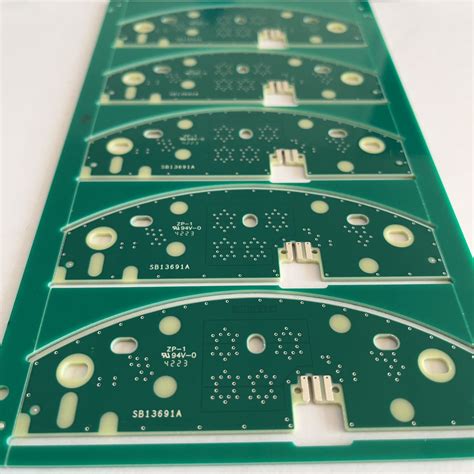
Key Takeaways
Understanding Box Build PCB Assembly can significantly impact your overall electronics production process. This approach integrates various components into a single, finalized product, which streamlines PCB manufacturing operations. By focusing on the pcb manufacturing cost, companies can optimize their resources more effectively while ensuring high-quality output. Many pcb manufacturing companies emphasize that the efficiency gained through box build assembly translates to increased reliability in their final products.
As you consider how to enhance your own PCB manufacturing business, remember that integrating these systems not only reduces labor costs but also minimizes assembly time, which is crucial in today’s fast-paced market. To illustrate this, you might find it beneficial to reference best practices from successful case studies in the field.
“The journey of simplifying and integrating your PCB processes can lead not only to cost savings but also to a more robust end product.”
This technique is becoming increasingly vital as electronic devices grow more complex and customer demands rise for faster production times without compromising quality.

Understanding the Fundamentals of Box Build PCB Assembly
In the realm of electronics production, understanding the box build PCB assembly process is vital for anyone involved in pcb manufacturing. This process not only involves assembling printed circuit boards (PCBs) but also integrates various components into a finished product, enhancing both efficiency and reliability. Essentially, a box build encompasses everything from the assembly of the PCB itself to the encasing of the final product, which is critical for manufacturers seeking to streamline their operations and reduce pcb manufacturing costs.
The key components involved in this assembly can include enclosures, fasteners, wiring harnesses, and main circuit boards. By working with reputable pcb manufacturing companies, you can ensure high quality and adherence to industry standards while keeping an eye on your overall production costs. Understanding these elements allows you to better navigate the complexities of your pcb manufacturing business, ensuring that your final products meet both consumer expectations and regulatory requirements.
To illustrate these fundamentals more comprehensively, consider the following table:
| Component Type | Description | Importance |
|---|---|---|
| Enclosures | Protects internal components from external elements | Increases product durability |
| Fasteners | Holds components securely within assembly | Ensures structural integrity |
| Wiring Harnesses | Connects electrical systems efficiently | Facilitates proper functionality |
| Main Circuit Boards | Foundation for electronic functionality | Central to device operation |
By grasping the intricacies of box build PCB assembly, you position yourself to leverage it effectively within your operations, which in turn can lead to improved product quality and customer satisfaction. Whether you’re a veteran in the field or just beginning in the world of pcb manufacturing, recognizing these core fundamentals will serve as a solid foundation for successful production strategies.
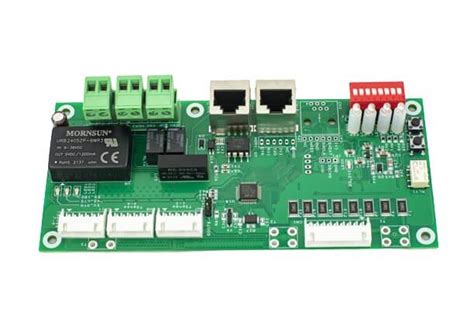
Key Components of Box Build PCB Assembly
In the realm of pcb manufacturing, understanding the key components of box build PCB assembly is essential for achieving an efficient production process. At its core, box build assembly involves integrating various electronic components into a final housing or enclosure, ensuring both functionality and protection. This process begins with the printed circuit board (PCB) itself, which serves as the foundation for all other components. Key elements such as connectors, switches, and even power supplies are carefully chosen based on their compatibility with the pcb manufacturing cost and specifications needed for your product.
Moreover, you’ll often collaborate with pcb manufacturing companies that can accommodate your design requirements while maintaining quality control. This collaboration is crucial in optimizing both performance and cost efficiency—two significant factors in any pcb manufacturing business model. Integrating these components seamlessly not only boosts reliability but also enhances the overall performance of your electronics, paving the way for innovative products that meet market demands efficiently. Understanding these components allows you to make informed decisions that elevate your production capabilities and ensure that your assemblies are built to last.
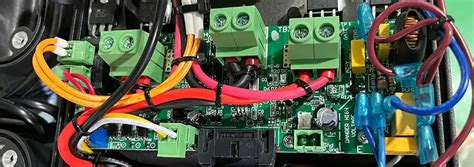
The Box Build Assembly Process: Step-by-Step Guide
The box build assembly process serves as a crucial phase in pcb manufacturing, integrating multiple components into a singular, functional unit that enhances the overall efficiency of electronics production. Initially, you begin with the pcb manufacturing cost aspects; understanding these costs helps in making informed decisions regarding material selection and component integration. You’ll find that working with reputable pcb manufacturing companies not only ensures quality but can also reduce costs by streamlining the assembly process.
Assembling the components involves several key steps, starting from populating the PCB with necessary electronic parts, which can include connectors, switches, and other hardware essentials. After this initial assembly, you’ll proceed to test each component for functionality to ensure that they meet industry standards. This step is pivotal as it directly impacts product reliability and performance.
Once verification is completed, you transition into enclosure assembly where all parts are securely housed in a protective casing. This phase is significant for both aesthetic appearance and functional protection. Finally, final testing of the complete unit occurs before it moves on to distribution. Engaging thoroughly in this step-by-step approach not only boosts your understanding of how a robust pcb manufacturing business operates but also helps optimize processes for better overall production efficiency and reliability in the end product.
Benefits of Box Build PCB Assembly for Electronics Production
Box build PCB assembly offers numerous advantages that enhance the overall efficiency and success of your electronics production. By integrating multiple components into a single, consolidated package, you can significantly reduce the complexity involved in the manufacturing process. This streamlined approach not only minimizes the pcb manufacturing cost but also accelerates time-to-market for your products. For those engaged with pcb manufacturing companies, adopting box build assembly can lead to improved reliability and a higher quality final product, as it mitigates potential errors associated with separate assembly processes. From a business perspective, investing in a box build assembly model positions you strategically in the competitive pcb manufacturing business landscape, allowing you to respond more rapidly to market demands while ensuring that your products meet stringent quality controls. By committing to such integrated solutions, you enhance not just the production efficiency but also customer satisfaction, ultimately fostering long-term success in your business operations.
Enhancing Efficiency through Integrated Manufacturing Solutions
In today’s competitive landscape, the demand for streamlined processes in pcb manufacturing is greater than ever. By adopting integrated manufacturing solutions, you can significantly improve the overall efficiency of your pcb manufacturing business. These solutions allow you to merge various stages of production—from initial design to final assembly—into a cohesive workflow that reduces lead times and minimizes costs. This is particularly valuable when working with pcb manufacturing companies, as coordination among different departments leads to higher quality control and fewer product defects. Furthermore, integrated systems often utilize advanced technology to automate repetitive tasks, which not only speeds up production but also enhances reliability in the final product. This synergy fosters an adaptable environment where your team can respond swiftly to changes in demand or design modifications without incurring significant pcb manufacturing costs. Thus, investing in integrated manufacturing solutions not only supports your operational goals but also positions your business strategically for future growth in a rapidly evolving market.
Quality Control in Box Build PCB Assembly
In the realm of box build PCB assembly, maintaining high standards of quality control is fundamental to ensuring that the final product meets both safety and performance criteria. Quality control in this context involves various processes that monitor and evaluate each phase of assembly, from the initial design to the finished product. As you delve deeper into pcb manufacturing, you will find that integrating quality control measures at every step significantly reduces the likelihood of defects, which not only enhances reliability but also lowers overall pcb manufacturing cost.
When collaborating with reputable pcb manufacturing companies, understanding their quality assurance practices is crucial for your project’s success. These companies often utilize advanced testing methods, such as automated optical inspection (AOI) and functional testing, which allows for early detection of potential issues within the PCB assembly process. By ensuring each component functions as intended before it becomes part of a complete system, you can mitigate risks associated with later stages of production.
Furthermore, instituting a robust quality management system within your pcb manufacturing business can lead to substantial improvements in efficiency. This means not only focusing on defect rates but also on streamlining processes to reduce waste and optimize resource allocation. As a result, your overall production timeline may shorten, increasing your capacity to deliver products faster without compromising on quality. Attention to quality during box build PCB assembly not only supports your immediate objectives but is also a strategic approach that aligns with broader industry standards and customer expectations.
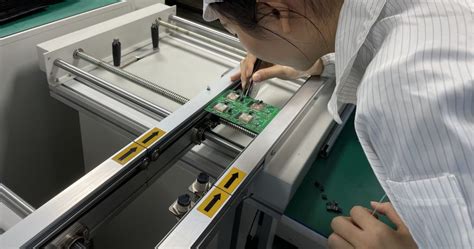
Future Trends in Box Build PCB Technology
As you navigate the evolving landscape of box build PCB technology, it’s essential to stay informed about the future trends that will shape pcb manufacturing and its associated businesses. One significant trend is the increasing integration of automation in pcb manufacturing processes, which not only enhances speed but also dramatically reduces the pcb manufacturing cost. Companies are harnessing advanced robotics and AI to streamline assembly lines, enabling higher precision and efficiency while minimizing human error.
Moreover, sustainability is gaining traction in the pcb manufacturing business, with manufacturers striving to adopt eco-friendly materials and processes. This shift not only meets consumer demand for greener products but also positions companies as responsible players in the market. You can expect a growing focus on designing for recyclability and implementing more efficient waste management strategies.
Another critical aspect involves enhanced connectivity through Industry 4.0 technologies, where IoT devices monitor production environments for real-time data analysis. This connectivity leads to improved quality control measures, ensuring that each box build meets stringent standards throughout its lifecycle. As a result, you may witness a paradigm shift wherein collaboration between pcb manufacturing companies becomes vital for innovation and competitive advantage.
Finally, as market demands grow more complex and varied, custom solutions in box build PCB assembly will become standard practice. This trend necessitates adaptable manufacturing solutions that can swiftly pivot to meet specific client needs—ensuring responsiveness while maintaining product reliability. Embracing these advancements will be crucial for your lasting success within the ever-changing realm of electronics production.
Case Studies: Successful Implementations of Box Build PCB Assembly
Exploring real-world case studies provides valuable insight into the effectiveness of box build PCB assembly. Many businesses have successfully integrated this approach into their manufacturing processes, showcasing the significant advantages it offers. For instance, a prominent pcb manufacturing company implemented box build solutions to streamline their operations and reduce time-to-market for a complex consumer electronics device. By consolidating various components and leveraging efficient assembly techniques, they achieved remarkable cost savings, with their overall pcb manufacturing cost dropping by nearly 20%. This transformation not only enhanced production efficiency but also improved the final product’s reliability. Moreover, another organization in the automotive sector employed box build assembly to deliver high-quality electronic systems within tight deadlines. Their experience demonstrates how pcb manufacturing businesses can benefit from adopting such innovative assembly practices, leading to improved product quality and customer satisfaction. Ultimately, these case studies highlight how integrating box build PCB assembly can innovate processes across diverse sectors, paving the way for future advancements in electronics production.
Conclusion
In summary, understanding box build PCB assembly is crucial for anyone involved in the electronics sector. This assembly method integrates various components into a cohesive product, thereby streamlining the PCB manufacturing process. As you consider options among different PCB manufacturing companies, it becomes evident that those specializing in box build assemblies tend to offer enhanced reliability and efficiency. The cost associated with PCB manufacturing can vary significantly, depending on the complexity of the project and the specific features required in your product. Thus, it’s important to evaluate options not just on price but also on quality and proficiency in integrated solutions. By investing in a well-structured PCB manufacturing business model that includes box build capabilities, you could greatly enhance your production efficiency and product reliability. This not only helps improve your overall output but also positions your business favorably within the competitive landscape of electronics production.
FAQs
What is box build PCB assembly?
Box build PCB assembly refers to the process of integrating a printed circuit board (PCB) with various electronic components into a finalized product. This process enhances the overall efficiency of electronics production and allows for more reliable end products.
How does box build affect PCB manufacturing costs?
By streamlining production through integrated manufacturing solutions, box build assembly can significantly reduce overall PCB manufacturing costs. The efficiency gained from this method often leads to fewer errors and faster production times.
What should I look for in PCB manufacturing companies?
When choosing between PCB manufacturing companies, prioritize those with a proven track record in box build assembly. Look for reviews or case studies that highlight their capacity to handle integrated solutions and their commitment to quality control.
Can I apply box build assembly in my PCB manufacturing business?
If you wish to improve your product’s quality and reduce lead times, applying box build assembly in your PCB manufacturing business can be advantageous. It allows you to provide complete assemblies, which can enhance customer satisfaction and open new market opportunities.
What are the common challenges faced in box build PCB assembly?
Common challenges include ensuring that all components are compatible, managing supply chain constraints, and maintaining high-quality standards throughout the production process. Collaborating with the right partners can help mitigate these issues.
For more detailed information on PCB manufacturing processes, please click here.


